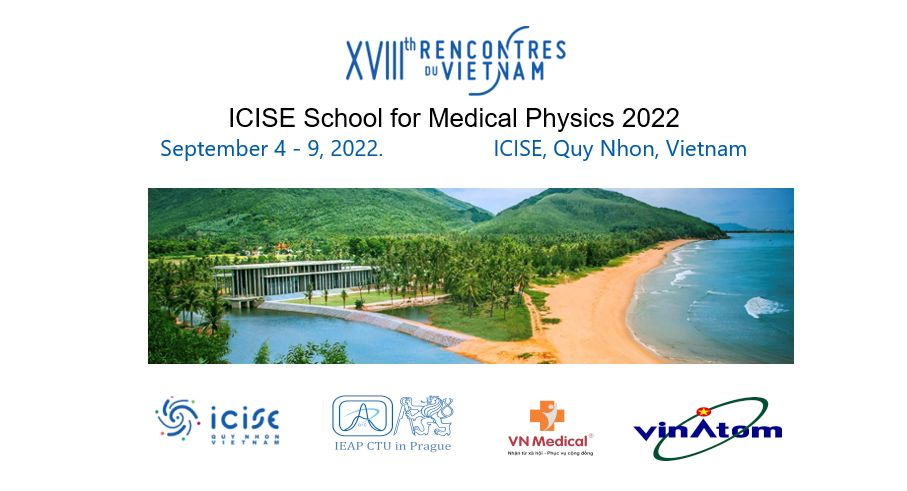Speaker
Description
Purpose: Our study aims for investigating mathematical models to predict the tumor growth trajectories (TGTs) during the Tyrosine kinase inhibitors (TKI) therapy for the epidermal growth factor receptor (EGFR)-mutated NSCLC patients, using tumor volumes derived from CT images.
Methods: Patient data was selected by TKI treatment duration. Region of interest (ROI) segmentation then was performed with the advice of a clinical doctor. Using the number of cells calculated from tumor volume data, the Gompertz mathematical tumor growth equation combined with a cell loss (tumor shrinkage) equation were implemented under an assumption that each tumor could contain the three cell populations: sensitive (cells could be killed by TKI drugs), persister (cells have potential to mutate to resistant cells) and resistant population (cells completely resist to TKI drugs). Seven parameters in the TGTs model for each tumor was optimized by the Levenberg-Marquardt method to minimize the difference between the predicted and reference TGTs. The model then was applied to 13 patients with 13 tumors at stages III and IV, who were treated by 4 specific types of TKI drugs (Erlotinib, Gefitinib, Afatinib and Osimertinib).
Results: The average mean absolute percentage error (MAPE) between predicted and reference tumor volumes was 6.43% with very high Spearman Correlation (0.939, p = 0.006)
Conclusion: The mathematical TGTs model has a potential to inform clinical physicians the tumor response in order to manage the TKIs treatment strategies and/or combined target therapy with other treatment modalities such as radiotherapy and conventional chemotherapy for the best treatment outcome.

